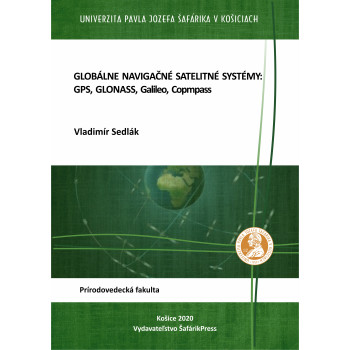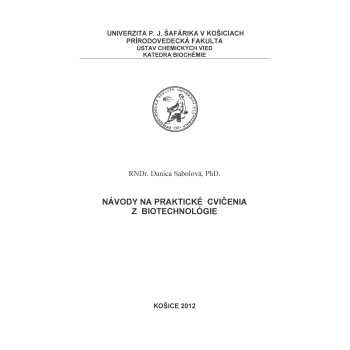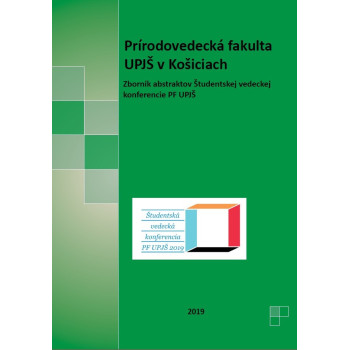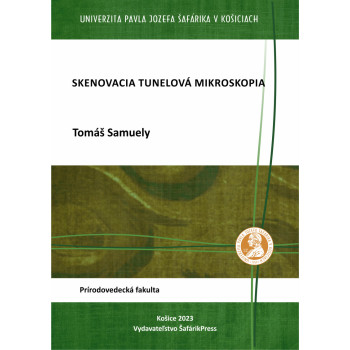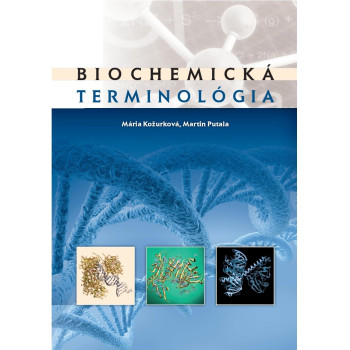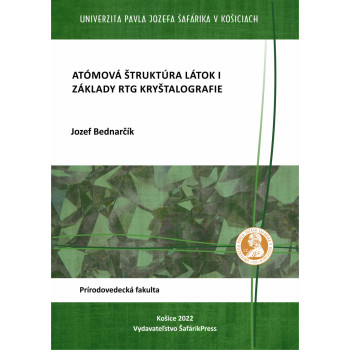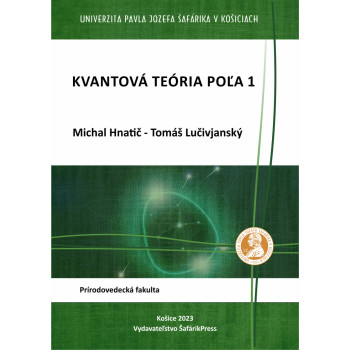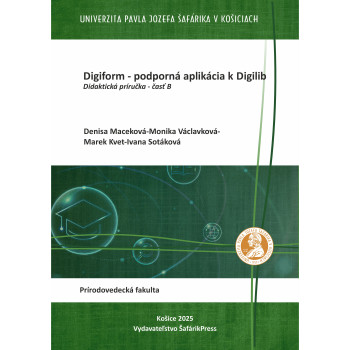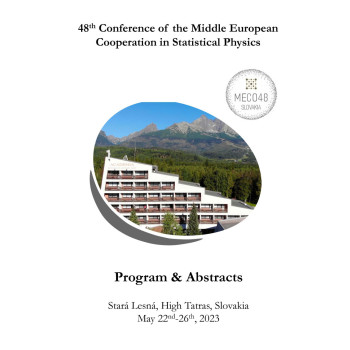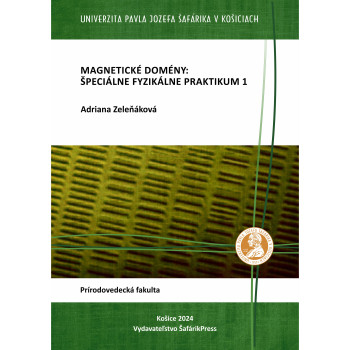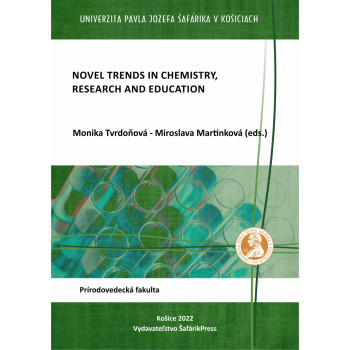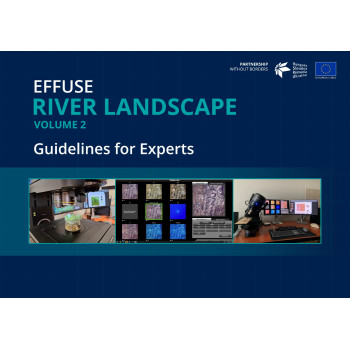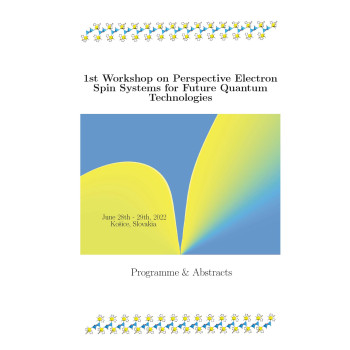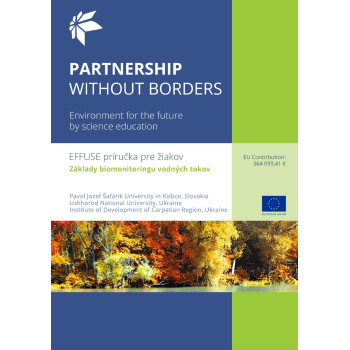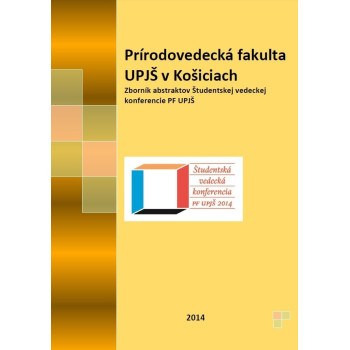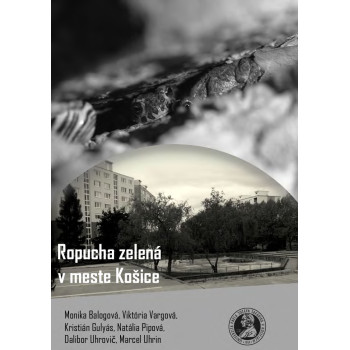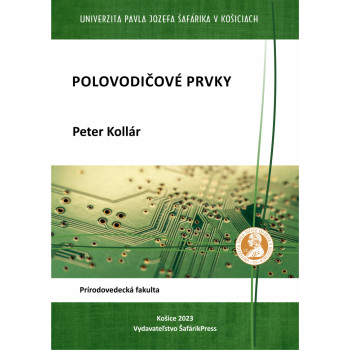
Globálne navigačné satelitné systémy: GPS,...
E-book
The university textbooks entitled Global Navigation Satellite Systems: GPS, GLONAS, Galileo, Compass present four navigation systems of the GNSS (Global Navigation Satellite Systems): American NAVSTAR GPS, Russian GLONASS, European Galileo and Chinese Compass. The Satellite-Based Augmentation Systems (SBAS) are also briefly explained. They provide regional service in augmenting the reach and support of signals from satellites of the GNSS (GPS, GLONASS, Galileo, Compass). Each satellite navigation system in the frame of GNSS is elucidated in terms of its principles of operation, structure, specificities, applications, and future perspectives.
The university textbook aims to improve the reader’s understanding of the principles and activities of the presented GNSS. The book emphasizes the possibilities of GNSS applications in geodesy and geography. The university textbook constitutes the basic study literature for the class Global Navigation Satellite Systems within the study program Geography and Geoinformatics at the Faculty of Science of the Pavol Jozef Šafárik University in Košice. For a deeper study of the GNSS issue, it is necessary to extend the study materials to include other educational scientific literature dealing with navigation satellite systems and their applications.



